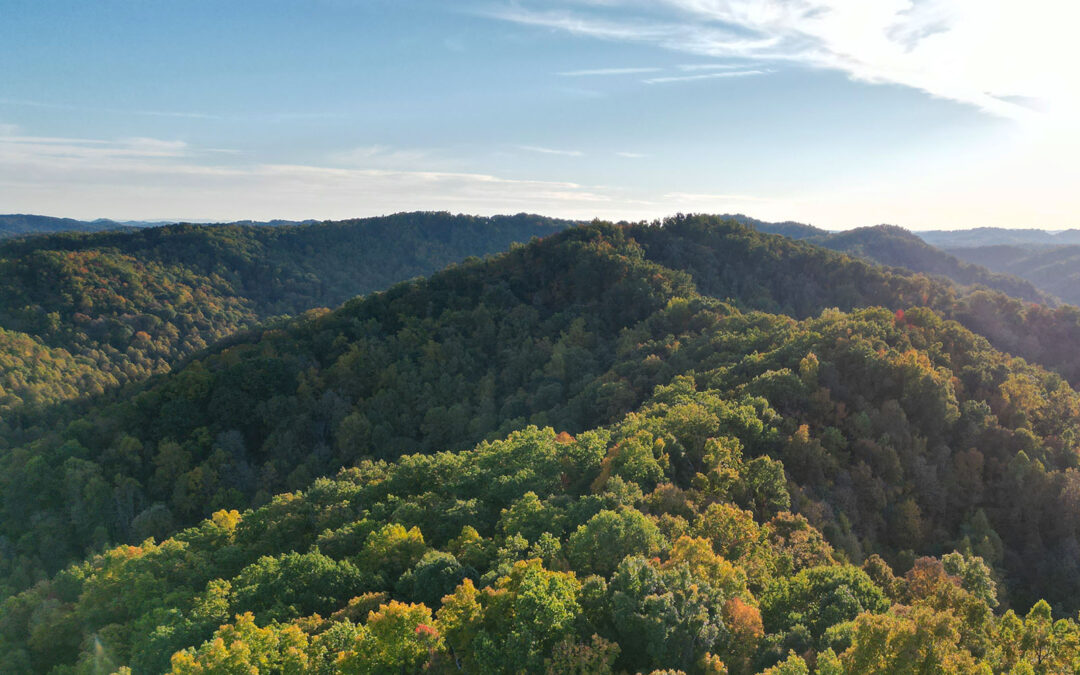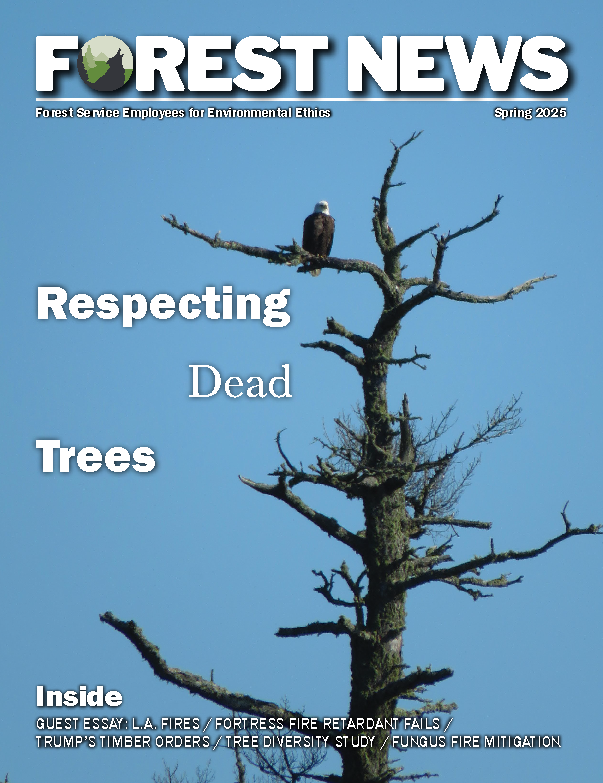Using an outdated management plan, the Forest Service is set to approve a timber grab on the Daniel Boone National Forest. Please call USDA Deputy Undersecretary of Agriculture Meryl Harrell and urge her to protect Kentucky’s Jellico Old-Growth Forest. Call 202-720-7173.
The Jellico Vegetation Management Project
Citing outdated management objectives in the 20-year-old Land and Resource Management Plan for the Daniel Boone National Forest, officials are proposing to log mature and old-growth trees in the 16,969-acre Jellico project area. According to the Forest Service’s environmental assessment (EA), this area “is transitioning to mature (81 years and older) forest” with “approximately 72 percent of the project area” consisting of mature forest. Nearly 1,300 acres is secondary old-growth forest, much of which is slated for clear-cutting.
Resource extraction has already taken a heavy toll on the Forest. Nearly 2,700 acres were logged in the 1980s and ’90s. In 2011 the Bureau of Land Management leased almost 4,000 acres for oil and gas development, and the region continues to experience impacts from legacy coal mining. In spite of past exploitation, the area provides critical habitat for several threatened and endangered species.
Most of the trees targeted for logging are white oak, a species in decline that happens to be the preferred wood for making bourbon barrels. Federal law requires that bourbon be aged in “charred new oak containers.” The barrel industry must build about 2-3 million barrels a year just for Kentucky bourbon, and one 80-100 year-old white oak tree provides enough wood for about two barrels, partly because knots and splits compromise barrel integrity. That means a million mature trees are getting cut each year to make Bourbon barrels.
According to the EA, “Harvests would be accomplished using … skidders, dozers, cable yarders, tractors, knuckle booms, log trucks and … alternative methods such as cable, tethered, or helicopter logging. Log landings and temporary roads for hauling timber would be constructed.” In addition to eliminating important mature and old-growth forest, this kind of industrial logging and road construction will exacerbate existing problems in an erosion-prone landscape already damaged by coal mining.
The Jellico EA justifies this cut by claiming it will increase biodiversity: “The biodiversity provided by young (0-30 years old) and mid-aged (31-80 years old) forest is being lost…. Disturbance dictates structure. When human disturbances are removed from the project area, natural disturbances of unpredictable frequency, severity, and spatial extent cause changes in structure.”
In other words, the Forest Service wants to “restore” early successional forest habitat. As Andy Kerr has explained, the forests of the American East already “have early successional habitat far in excess of what was natural and is desirable.”
Photo: These mature and old-growth Jellico forests are targeted for logging in Daniel Boone National Forest (photo by Jim Scheff).


